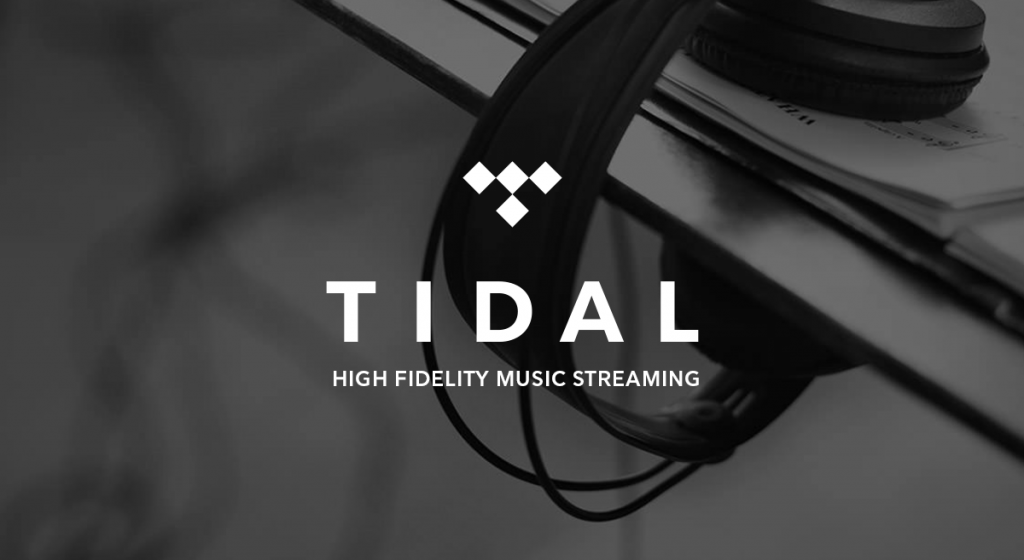A few months ago I wrote a blog talking about the decline of
the fast food giant McDonald’s and its attempt at rebranding the company after
months of declined sales. This week I read an article about a duo on the
opposite side of the spectrum. Restaurateurs Roy Choi and Ryan Patterson are
opening up restaurants in the roughest parts of L.A that double as soup
kitchens as well. All of their items will be $8 or under (with many in the $1-2
range), be made with fresh and nutritious ingredients, food stamps will be
accepted and in addition no soda will be served. On a larger scale this could
be the type of trend to help bring neighborhoods together, provide cheap
delicious food, and eliminate the food deserts in many impoverished areas.
The food deserts in major cities are a well documented, and
growing problem in the United States. Convenience stores and fast food are many
times the only option for people. The negative health effect of eating at the
two is a problem being tackled by many, including the first lady’s healthy
eating initiatives. One of the solutions to this problem that has been tested
is delivering fresh fruits and vegetables. The issue is that it’s a short term
and one time solution. The problem at hand is not solved. There is not a supply of affordable, healthy food. Having trucks laden with fresh fruit come once a month
is not the answer to the problem.
Sustainable food sources are the key, and these two guys are trying out their
new plan to help make a more sustainable solution.
This sustainability of food is why this new concept is so
revolutionary and exiting. They don’t necessarily have a complete business plan
but they have all the tools to make it work. Choi started the food truck craze
in L.A with his famous Korean tacos and is knowledgeable about street culture
while Patterson is a Michelin rated chef. Their combination of affordable,
healthy food serves a need nobody has been able to tackle yet. They understand the tremendous ambition of attacking this issue by themselves and setting their sights on groundbreaking change nonetheless. They are not
concerned about money for themselves, but want to serve a greater purpose in
the areas of the restaurant. They specifically chose two of the roughest neighborhoods
of L.A to demonstrate their concept. With the help of their team of investors, and a
successful crowd funding campaign, a true revolution in fast food could be
possible. If this concept proves successful, It would be interesting to see how the model would work in Chicago perhaps.


